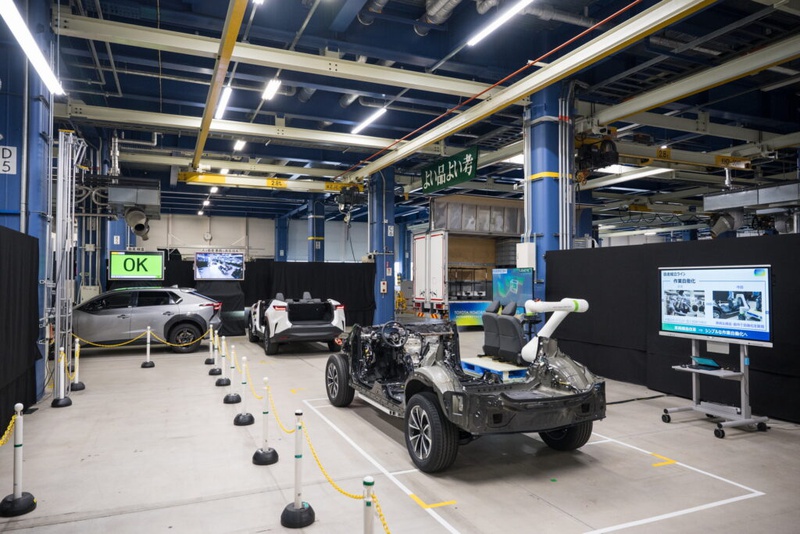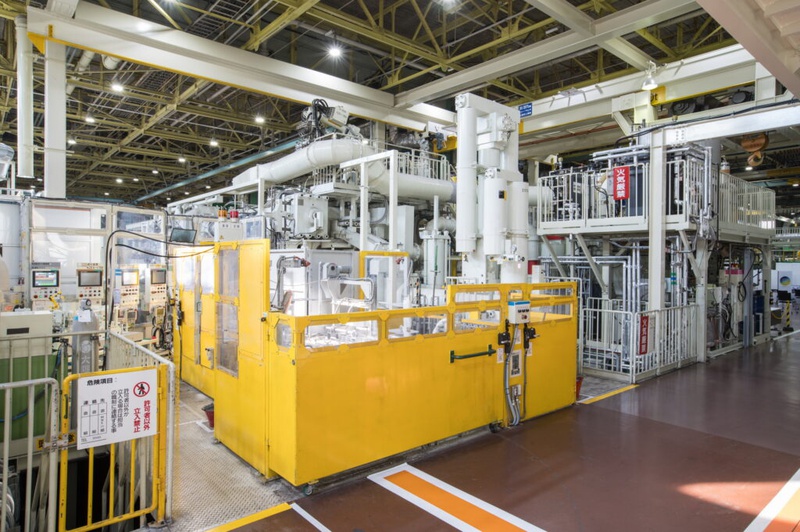In Toyota's current vehicle manufacturing process, it takes 86 parts, 33 steps and several hours to make the same part of a car. With this new gigacasting machine, it would take about three minutes.
Toyota built its first gigacast prototype in September 2022 and has been refining it ever since. It's now more efficient and faster to adapt to different vehicle models. The company still aims to achieve 20 percent higher productivity than its competitors with this new technology.
This innovation will be used to produce the front and rear sections of an upcoming electric vehicle, which is expected to be launched in 2026.



Toyota's next-generation electric vehicles will be produced in three modular sections.
In addition to the new casting technology, Toyota is also looking to make the rest of its factory more efficient. Since EVs require more factory space to manufacture than internal combustion vehicles, the company is also looking to minimize its use of conveyor belts.
To do this, it will take advantage of its advanced technology and the fact that EVs can be driven indoors. Partially built vehicles will move at 0.1 meters per second (0.2 mph) to meet an autonomous robot that can lift the vehicle and take it to other areas of the factory.
While younger car companies like Tesla have the advantage of being able to produce just a few models, Toyota's chief production officer, Kazuaki Shingo, said his company is “learning new options from specialized EV makers to take on the challenge” of producing the vehicles."
Source: Nikkei

